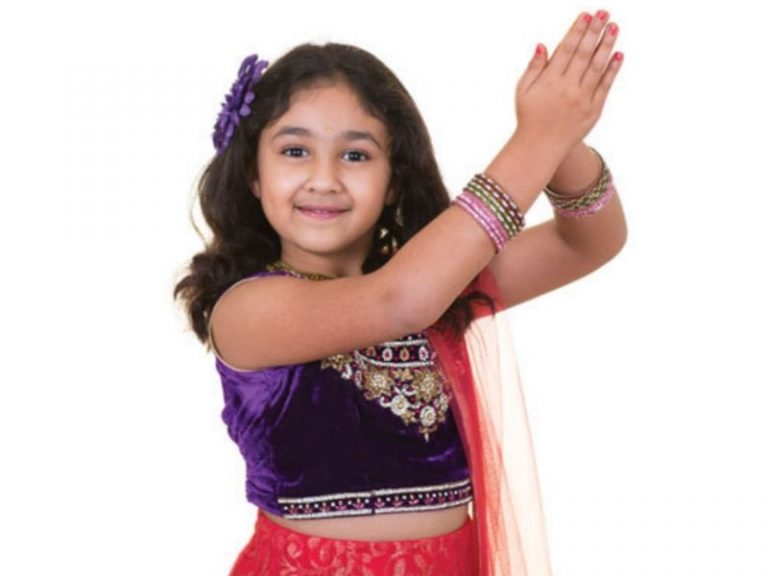5 benefits of dance for children
Dance can be a life-changing experience. Benefits of dance include helping children develop self-confidence, social skills, and simultaneously improve their cognitive and academic capabilities as well as health and fitness – Jigish Sonagara

What is it about music that compels us to move and grove with it? To tap our fingers and feet, bob our heads to the tune, and experience the rush of adrenaline as we twist and shake? From infants to the elderly, the love of dance is universal, transcending nations and cultures, with people the world over developing their own unique styles and movements. For children in particular, dance can be a life-changing experience helping them develop self-confidence, social skills, and simultaneously improve their cognitive and academic capabilities as well as health and fitness.
In a brilliant TEDed blog titled ‘Why Dance is as Important as Math in Education’, Sir Ken Robinson, the renowned global education reformer and Lou Aronica, the US-based author, argue that “dance can help restore joy and stability in troubled lives and ease the tensions in schools disrupted by violence and bullying… dance promotes many of the personal qualities that employers recognise as essential in a collaborative, adaptable workforce”.
Here are five benefits that children participating in dance lessons/classes can derive:
1. Counters screen addiction of children
Most millennial parents are confronted with the 21st challenge of weaning children away from mobile/computer and television screens. Increasing tech addiction of children has resulted in a large number of them suffering health and socio-emotional problems. Participating in a dance class with peers provides children an enjoyable alternative to screen time.
2. Improves fitness and physical health
Dance is a great way to engage children in an enjoyable stress-free physical activity. It builds stamina and strength and develops poise and grace of learners. There is no shortage of research studies highlighting that moderate to vigorous physical activity prevents obesity, improves cardiovascular fitness, blood pressure and bone density, as well as alleviates depression and anxiety in children.
3. Teaches discipline and perseverance
Dance is a highly demanding and exhausting activity. Professional dancers spend years honing their skills, training for several hours every day. Children who integrate dance practice into their daily routine learn the vital importance of discipline and perseverance.
4. Creativity and self-expression
Finding an outlet for creative self-expression is integral to the balanced emotional and psychological development of children. Dance provides an ideal platform for creative self-expression, allowing children to channel their emotions into a constructive and healthy activity.
5. Builds social skills
Dancing is a social activity, whether it involves one partner or a larger group of participants. Working in tandem with a partner or synchronising with other participants teaches children the important life skills of teamwork, collaboration, cooperation and coordination.
(Jigish Sonagara is the Mumbai-based founder-CEO of imd1 —Yes, I Am The 1)

















Add comment